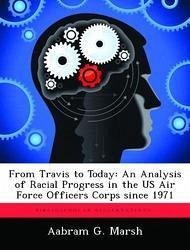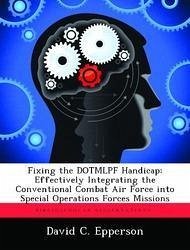Nicht lieferbar

USAF Air Controllers From World War II to Today: An Examination of the Evolution of Tactical Air and Does the Air Force Today Effectively Employ It?
Versandkostenfrei!
Nicht lieferbar
This study analyzes the United States Air Force's current employment effectiveness of tactical air. Specifically, it addresses the necessity of the forward air controller in this day of high technology weaponry, and if focuses on the efficiency of the human aspect of the tactical air control party (TACP). The study draws relevance from reviewing historical lessons from the interwar years, World War II, Korean War, evolution of the combat control team (CCT) and the Vietnam War. Historically, joint doctrinal development and execution in regard to tactical air has been a real problem. Also, comma...
This study analyzes the United States Air Force's current employment effectiveness of tactical air. Specifically, it addresses the necessity of the forward air controller in this day of high technology weaponry, and if focuses on the efficiency of the human aspect of the tactical air control party (TACP). The study draws relevance from reviewing historical lessons from the interwar years, World War II, Korean War, evolution of the combat control team (CCT) and the Vietnam War. Historically, joint doctrinal development and execution in regard to tactical air has been a real problem. Also, command and control (C2), (joint) training, equipment, and morale have also been a problem. By illustrating these problems of the past and the solutions that were devised, the author is then able to evaluate the current status of the TACP effectiveness.








